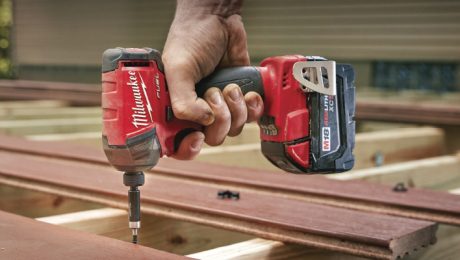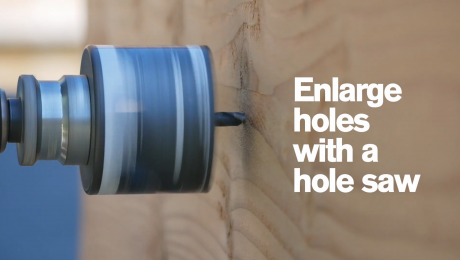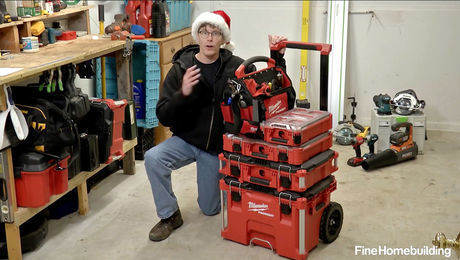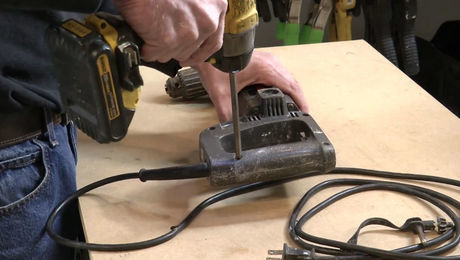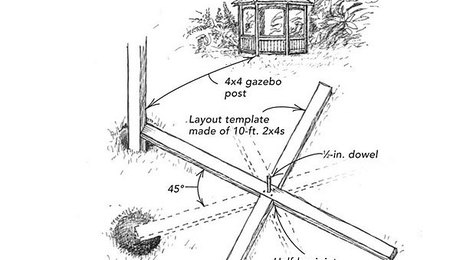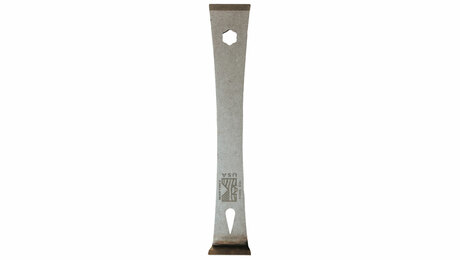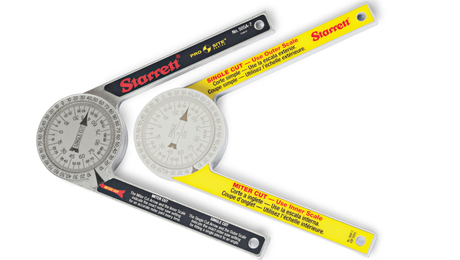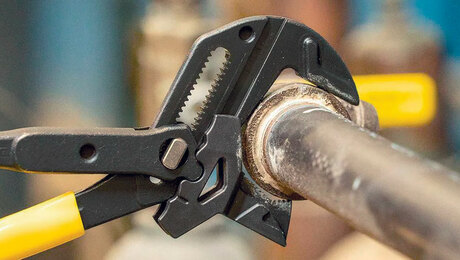Installing Locksets
You can do the job freehand with a chisel and a drill, but jigs and routers are faster.
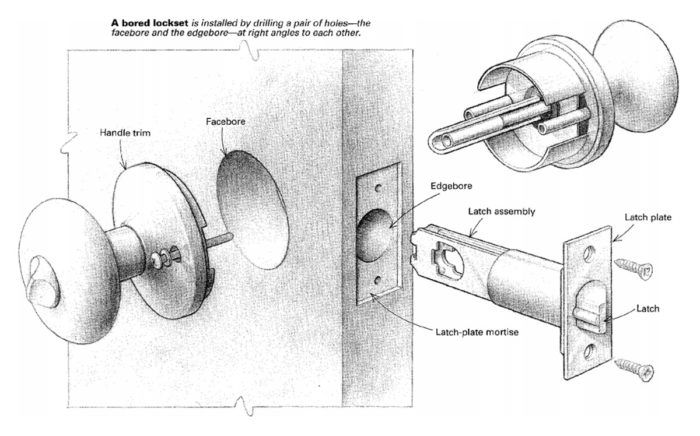
Synopsis: Gary Katz explains steps for installing a common bored lockset. Photos show all the steps, while a sidebar explains how to make simple router templates that will speed up the process.
I don’t know about you, but in my Top 10 Causes of Dizziness and Nausea on the Job, “Sheathing a Roof in a Stiff Wind” and even “Working Beneath a Hungover Stonemason” don’t rank as high as “Drilling the Edgebore Freehand in an Expensive Door.” There’s just not much room for error. As little as 3/16 in. stands between you and a large monetary loss.
I’ve been installing door hardware for years, and in this article I’ll explain the process, from drilling the door to tightening the last mounting screw. Along the way I’ll show you how to install a lockset if all you’ve got is a drill, a hole saw, a spade bit and a chisel. But I’ll also talk about the specialized tools I use that help me work faster and that spell relief from dizziness and nausea.
There are two basic kinds of locksets: bored locksets and mortise locksets. Bored locksets, the more common of the two, get their name from the fact that you install them by boring holes in the door. They come in a variety of price ranges and are relatively easy to install. Mortise locksets are big metal cases that contain both the door latch and the dead bolt. They are expensive and tough to install because they have to be mortised into the edge of the door.
Locating the bores
Whether you’re installing a lockset, which is spring-loaded, or a dead bolt, which operates only with a key or a thumbturn, the same procedure applies. First you locate and drill two holes — one big hole through the face of the door for the handle, called the facebore, and one smaller hole in the edge of the door for the latch assembly, called the edgebore.
Most lockset manufacturers supply a paper template to align the two holes you’ll have to drill. The template also helps you find the backset — the distance from the leading edge of the door to the center of the facebore. To be safe, I measure the lockset, regardless of the template. Residential locks usually have a 2 3/8-in. backset, and commercial locks normally have a 2 3/4-in. backset. A lock with a deep backset cannot be installed on a single-panel door or a French door with a 4-in. lock stile because the handle trim will overhang the back of the lock stile. Even worse, on a French door you risk drilling into the glass.
Another important dimension is the lock’s distance from the floor. For a bored lockset, draw a line square across the edge of the door somewhere between 35 in. and 36 in. If you’ve got a raised-panel door with a rail near lockset height, called a lock rail, center the lockset with the lock rail.
For more photos, illustrations, and details, click the View PDF button below:









